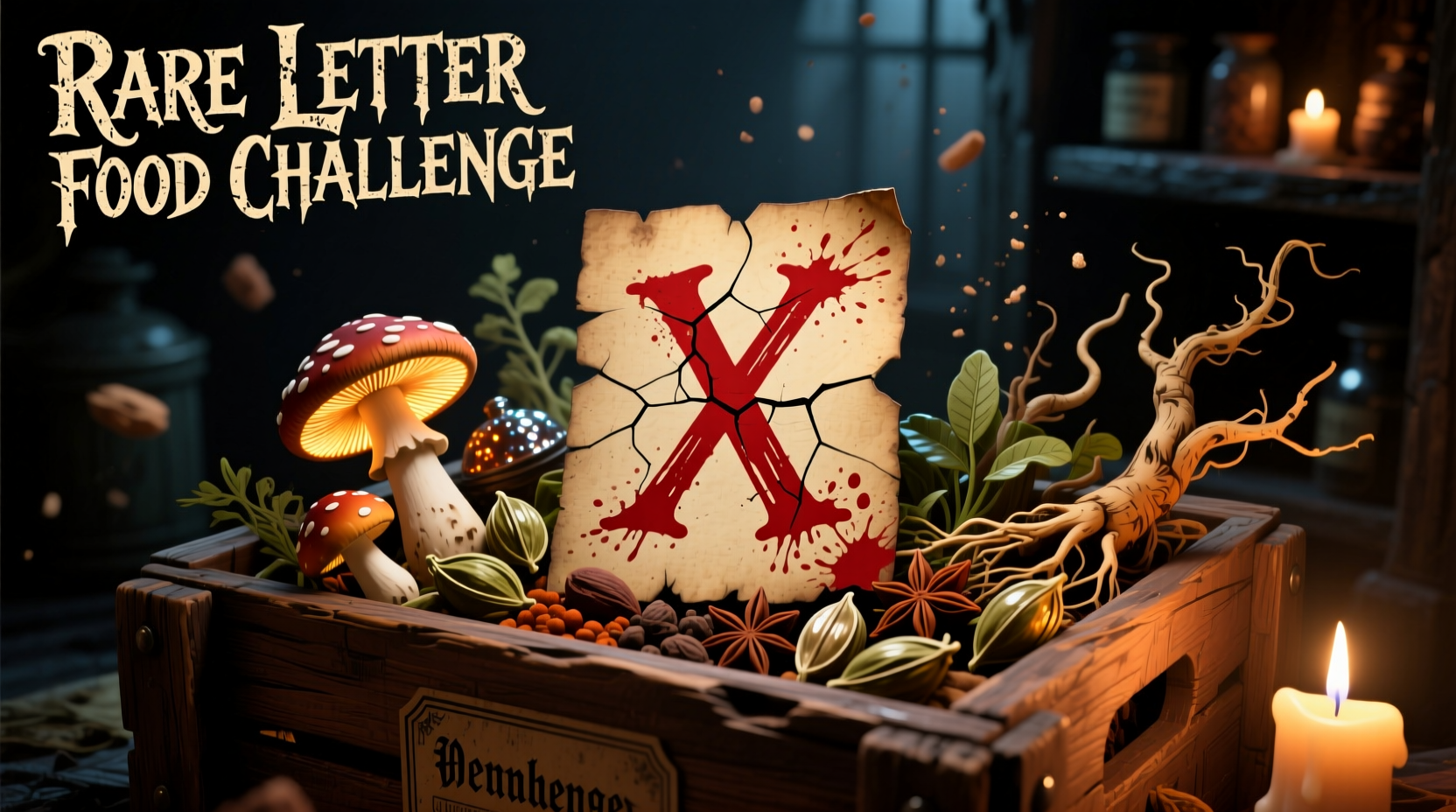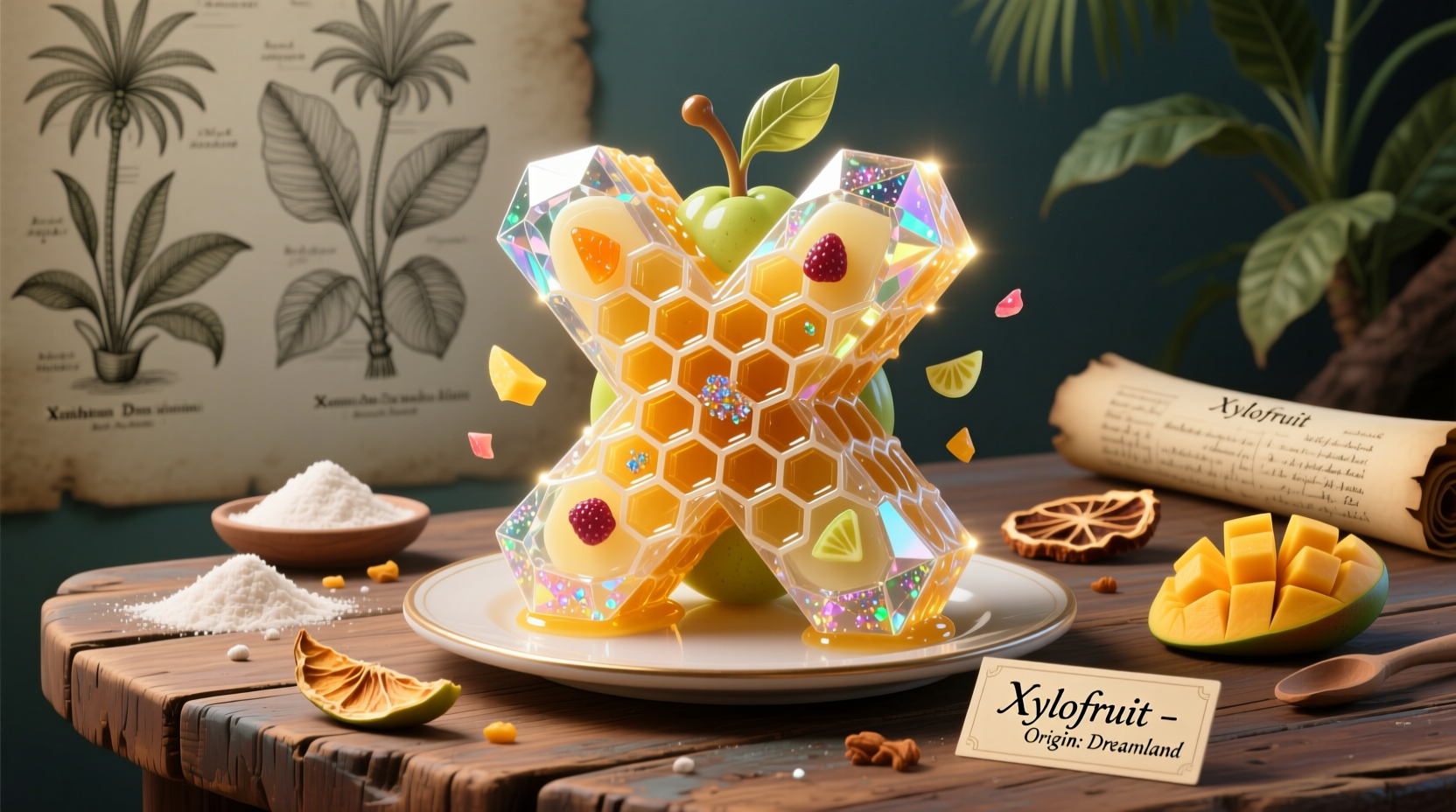There are no common English food names that begin with the letter 'X'. This linguistic rarity stems from English phonetics and historical borrowing patterns where 'X' typically appears in the middle or end of food words rather than at the beginning.
Have you ever struggled to name a food starting with 'X' during a game of Scrabble or while completing an alphabet-themed food challenge? You're not alone. The letter 'X' represents one of the most challenging letters when it comes to finding food names in English, and for good reason.
Why 'X' Foods Are Exceptionally Rare
The scarcity of foods beginning with 'X' in English isn't random—it's rooted in linguistic history. English primarily borrowed food terms from French, Latin, and other European languages where 'X' rarely starts words. When 'X' does appear in food names, it typically comes from Greek origins where 'X' represents a 'ks' sound, but even then, it usually appears in the middle of words.
| English Letter | Frequency in Word Beginnings | Foods Starting With This Letter |
|---|---|---|
| E | 11.16% | Eggplant, Elderberry, Endive |
| A | 8.49% | Apple, Avocado, Asparagus |
| S | 6.34% | Spinach, Strawberry, Squash |
| X | 0.00% | None (common English foods) |
This letter frequency data from the Oxford English Dictionary shows how exceptionally rare 'X' is as an initial letter in English vocabulary, especially for food terms.
Common Misconceptions About 'X' Foods
Many people mistakenly believe certain foods start with 'X', but these typically contain 'X' elsewhere in the name:
- Xigua (Chinese watermelon) - Actually begins with 'Xi' which is pronounced 'shee'
- XO sauce - Named after the French 'extra old' designation for cognac, not a food itself
- Xanthan gum - A food additive, not a food item

International Foods With 'X' Sounds
While no common English food names begin with 'X', some international foods have 'X' sounds that get adapted when borrowed into English:
- Xiaolongbao (Chinese soup dumplings) - Pronounced 'see-ow-long-bow'
- Xnipec (Mayan hot sauce) - Pronounced 'shni-pek'
- Xeremia (Mallorcan cheese) - Pronounced 'ze-rem-ee-ah'
These examples demonstrate how 'X' functions differently in other languages. In Spanish, 'X' often makes a 'sh' or 'h' sound, while in Chinese transliterations, it represents a 'sy' or 'sh' sound.
Practical Solutions for Word Games and Challenges
When you're stuck needing an 'X' food for games like Scrabble, Boggle, or educational activities, consider these practical approaches:
- Use the scientific name Xylocarp (a type of fruit with a woody shell) though it's not commonly recognized
- Reference Xigua with a pronunciation note ('shee-gwa')
- Create compound terms like X-mas pudding for holiday-themed challenges
- Accept that 'X' is legitimately challenging and agree to skip or trade this letter
Linguistic experts at Merriam-Webster confirm that 'X' is consistently the most difficult letter for food naming challenges across multiple languages, not just English.
Why This Matters Beyond Trivia
Understanding why certain letters are rare in food nomenclature reveals fascinating connections between language evolution, cultural exchange, and culinary history. Food names often preserve linguistic artifacts from historical trade routes and cultural interactions. The absence of 'X' foods demonstrates how English selectively adopted food terms based on phonetic compatibility and cultural influence patterns.
When creating educational materials or designing food-related games, acknowledging this linguistic reality helps set realistic expectations while providing teachable moments about language development.
Strategies for Food Alphabet Challenges
Instead of struggling with 'X', try these approaches for more successful food alphabet activities:
- Use double letters (like 'XX' for 'XXtra spicy sauce')
- Accept foods with 'X' anywhere in the name
- Incorporate food preparation terms (like 'xylitol' as a sweetener)
- Create thematic challenges where 'X' represents 'experimental' or 'exotic' foods











 浙公网安备
33010002000092号
浙公网安备
33010002000092号 浙B2-20120091-4
浙B2-20120091-4